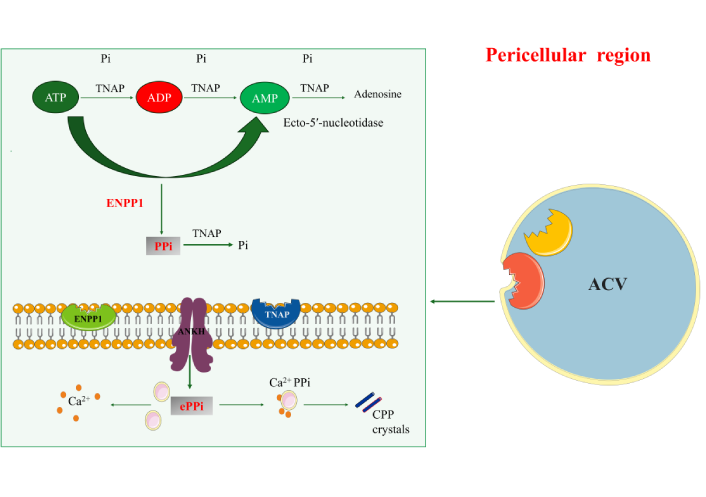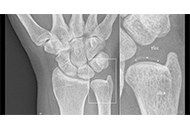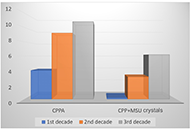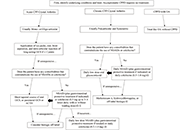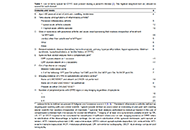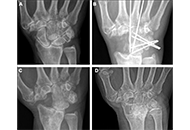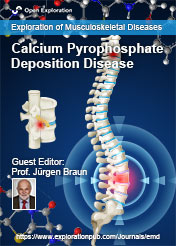
Calcium Pyrophosphate Deposition Disease
Guest Editor
Prof. Jürgen Braun E-Mail
Rheumazentrum Ruhrgebiet, Ruhr Universität Bochum, Herne, Germany
Research Keywords: Rheumatoid arthritis, gout, osteoporosis
About the Special lssue
Calcium pyrophosphate deposition (CPPD) disease is a rather prevalent form of crystal-induced arthritis worldwide. Recently, the first classification criteria for this rheumatic musculoskeletal disease (RMD) which may present in rather heterogeneous clinical forms have been developed. These classification criteria for CPPD diseases have been validated by the European Alliance of Associations for Rheumatology (EULAR) and the American College of Rheumatology (ACR). For the classification as CPPD, the presence of a crowned dens syndrome or calcium pyrophosphate crystals in the synovial fluid in patients with joint pain, swelling or tenderness (entry criterion) whose symptoms cannot be fully explained by another rheumatic disease (exclusion criterion) is sufficient to classify an individual as a CPPD patient. In the absence of these findings, a score of more than 56 points based on weighted criteria consisting of clinical features, concomitant metabolic disorders such as and results of laboratory and imaging tests may be used to classify a person as having CPPD. CPPD is often found in the context of osteoarthritis. There is some overlap in the clinical presentations of CPPD disease and osteoarthritis, both relatively common with advanced age, diagnostic mimicry and co-occurrence by chance may occur. Some metabolic conditions such as hyperparathyroidism, hypomagnesemia, hypophosphatasia and hemochromatosis are known as risk factors for CPPD. A few patients with gout have CPP crystals in their synovial fluid which supports the hypothesis that these diseases share common local and systemic risk factors. Although most CPPD disease is sporadic, multiple kindreds with premature or extensive CPPD have been described worldwide. CPPD that occurs in patients younger than 60 years of age should lead to questions about similarly affected family members. At least two genetic loci are associated with familial CPPD.
CPPD is underdiagnosed and there are only a few therapeutic trials. Very recently colchicine was found to be as good as prednisolone with differences in the safety profile. This special issue was planned with the intention to spread decent scientific knowledge about the disease and the very promising recent achievements in the epidemiology and methodology of CPPD.
Keywords: CPPD, gout, classification criteria, synovial fluid analysis, crowned dens syndrome, acute arthritis, crystals, osteoarthritis
Published Articles

